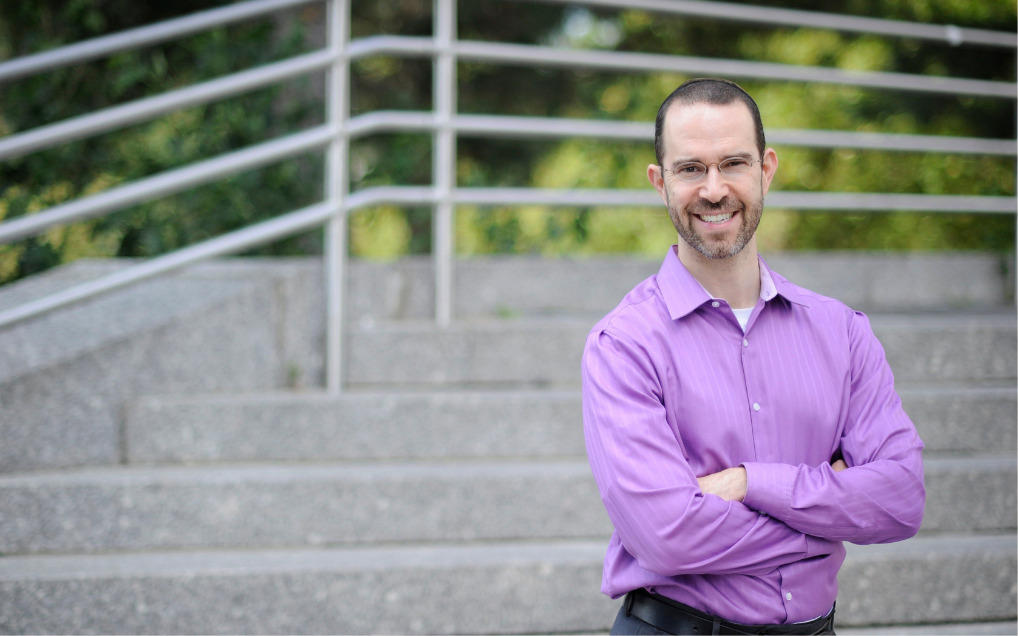When communities are advised to prepare for an emergency, generally the focus is on making sure people have a first aid kit, stockpiling food, water and batteries and checking that mobile devices are charged. It’s mostly about individual preparation.
While securing the necessities is important, we also know that the people who will be best able to bounce back after a disaster are those who have strong social networks. Resilient communities have diverse resources, institutions and forms of capital that can be drawn upon in times of need.
“Social networks – the horizontal and vertical ties that connect us to others – are our most important defence against disasters,” says Professor Daniel Aldrich, Professor of Political Science, Public Policy and Urban Affairs and Director, Security and Resilience Program, Northeastern University. “What really helps people get through shocks is their ability to connect to people, to use those connections and share information and resources.”
So the question we should each ask ourselves is not “Am I ready for the disaster?” but “Is our network ready for the disaster? And how can we build social capital now so that when disaster strikes, we are better able to recover?”
The ties that bind
In the world of social capital research, ‘bonding’, ‘bridging’ and ‘linking’ ties are important terms to understand.
Bonding social capital describes connections within the same group or community characterised by similar demographics, attitudes and available information and resources. Bonding social capital exists between ‘people like us’ who typically have strong and close relationships. Examples include family members, close friends and neighbours.
Bridging social capital describes connections that link people between communities, groups, or organisations. Examples include being part of a business association, a sports team or even the Facebook community for members using the Business Community Resilience Toolkit.
Linking social capital is a third type of social capital that describes a ‘vertical’ connection between people who are interacting across differences in social position or power. An example could be relationships between a community-based organisation and government.
How your ties are important for business
Connected communities – that is, communities with the appropriate balance of all types of social capital – are better able to adapt to disaster and are more resilient communities.
Bonding social capital is the ‘social glue’ that provides the norms and trust that reinforce loyalty and support and facilitates people working collaboratively – for instance, to work together to help people suffering from socio-economic hardship or poor health.
While bonding social capital is good for ‘getting by’, bridging is crucial for ‘getting ahead’.
The benefits of fostering outward-looking, bridging social capital are far-reaching. This can include increased ability to gather and exchange information, ideas and innovation and build consensus amongst groups representing diverse interests.
Professor Aldrich provides examples: “So maybe you think that a bushfire that’s coming is nowhere near. But you’ve got a friend who works at the meteorological agency that calls you and says, “You need to get out”. That bonding social capital has provided you with useful information.”
“Then after the fire has gone, maybe your business was untouched but your neighbour’s business was damaged and you offer them a place to store their stuff. In the very long term, if the fire did a lot of damage to the community, you need to have anchored businesses that are there and a shared vision for what’s going to happen. That’s bridging social capital.”
Build relationships to build resilience
People’s networks and the people that they know can strongly impact the kinds of outcomes we see during shocks.
But building social capital takes time and effort.
To start, consider who is important in and to your business. Who is important to connect with internally and externally? How can you start to build a positive relationship with them?
Professor Aldrich says: “The most obvious way to build social capital is to have an active networking process. Chat to people at a conference, an event or a dinner. It can be as simple as saying ‘I’d like to travel, do you like to travel?’ and finding things in common.”
“We encourage co-located businesses to simply say hi to the businesses nearby. Those are the businesses that will give you information and assistance during a shock. They’ll tell if there’s water coming in, or a crime spree.”
“We’ve also done a lot of work on things called ‘community currency’ or ‘time banking’. Businesses can give back to the community by, say, volunteering for an hour, and then they get back ‘dollars’ that they can use at local stores.”
“Finally, civic engagement is important. Making sure you know who your council officers are, who is your mayor, who are your elected representatives at all levels of government. You may think politics is not so interesting, but those people will be the decision makers when it comes to deciding how to spend recovery dollars or what gets fixed first. As a business owner, you are ideally situated to know about the community’s priorities.”
Professor Aldrich concludes by saying: “Disaster recovery is not a process that takes a week or a month. It can be months, if not years, before things are back to normal again. So the connections that people have – they are much more critical in the long term than any emergency preparation kit or any other tool that individualises the problem.”
‘People over batteries’ is one of the themes in the Business Community Resilience Toolkit.
If you are a business owner or operator located in select LGAs of Northern and Southern NSW, you can access the BCR Toolkit online program for FREE until September 2022 – more information at https://toolkit.corporate2community.com


Recent Comments